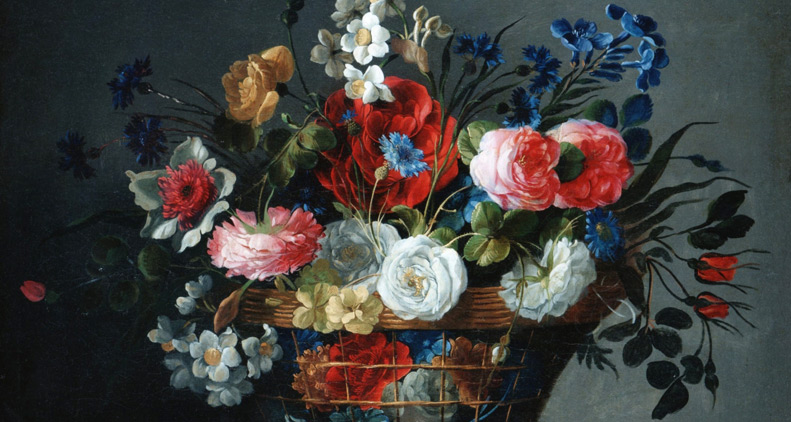Flower designs are beautiful in themselves. The shapes and colors are soothing, and there is something very calming about looking at floral arrangements. The patterns, textures and brush strokes used to create them can be just as beautiful as the flowers themselves, adding another layer of beauty to the work.
What is a floral design?
A floral design is a composition or arrangement of flowers in a specific container or space. It can be created for a particular event, such as a wedding, or as part of the permanent decor of a home or office. A Floral Designer is someone who designs and creates these arrangements.
Flowers have been used in art since ancient times. In the past, they were often associated with religious ceremonies or used as symbols of important people or events. Today, floral designs are more commonly used to simply add beauty and interest to a space.
There are many different styles of floral design, from traditional to modern. The type of flowers and containers used will vary depending on the style of the arrangement. For example, a traditional design might use roses in a vase, while a modern design might use succulents in a geometric terrarium.
History of Floral Design In Art
Some of the earliest examples of floral designs in art can be found in ancient Egyptian tombs. In these paintings, flowers were often used to symbolize fertility and rebirth. Floral designs were also popular in ancient Greece and Rome. In these cultures, flowers were often used as decoration or as a way to express emotions.
During the Renaissance, floral designs became more realistic and detailed. Artists began to paint flowers as they actually appeared, rather than using them as symbols. This change in style can be seen in the work of artists like Leonardo da Vinci and Botticelli.
In the 18th century, floral designs became less popular in art. This was due to several factors, including the rise of neoclassicism and the popularity of landscapes. However, floral designs made a comeback in the 19th century with the development of Impressionism. Artists like Claude Monet and Pierre-Auguste Renoir often included flowers in their paintings.
Today, floral design is once again becoming popular in art. Many contemporary artists are incorporating flowers into their work as a way to add color and beauty.
Symbolism of Floral Designs
In art, flowers are often used as symbols of life, love, and beauty. They can also represent hope, peace, and other positive emotions. In many cultures, flowers are given as gifts to express these same sentiments.
Different flowers have different meanings, and this symbolism can be seen in both traditional and modern art. For example, roses are often associated with love and passion, while lilies symbolize purity and innocence. Sunflowers are often used to represent happiness and optimism, while chrysanthemums represent grief and loss.
Flowers can also be used to convey more specific messages. For instance, red roses typically denote romantic love, while white roses represent friendship or admiration. Yellow roses indicate joy or happiness, while pink roses represent gratitude or appreciation.
No matter what the specific meaning is, floral designs always add a touch of beauty and elegance to any work of art.
Examples of Floral Designs in Art
There are countless examples of floral designs in art, from ancient cave paintings to modern day masterpieces. Flowers have been a popular subject for artists throughout history, as they give a wide range of colors, shapes and sizes to work with.
One of the earliest examples of floral design in art can be seen in the prehistoric cave paintings at Lascaux in France. These paintings, which date back over 17,000 years, feature a number of different plants and animals, including several types of flowers.
In more recent times, floral designs have been used extensively in the works of the Impressionists. Artists like Claude Monet and Pierre-Auguste Renoir often included flowers in their paintings as a way to add color and beauty to their scenes.
Today, floral designs continue to be popular in art, with many contemporary artists using them in innovative ways. British artist Rachel Whiteread is well known for her large-scale sculptures that incorporate flower patterns. And Japanese artist Yayoi Kusama has become famous for her colorful dot paintings that often feature flowers as well.

